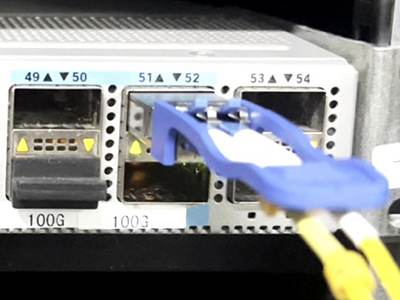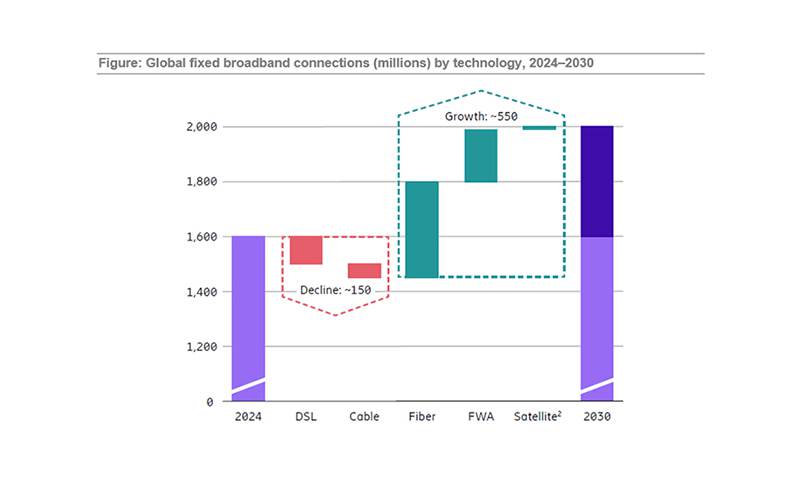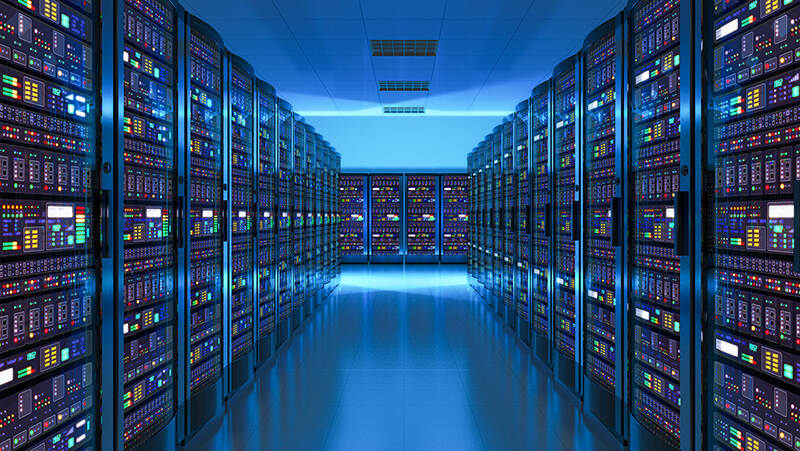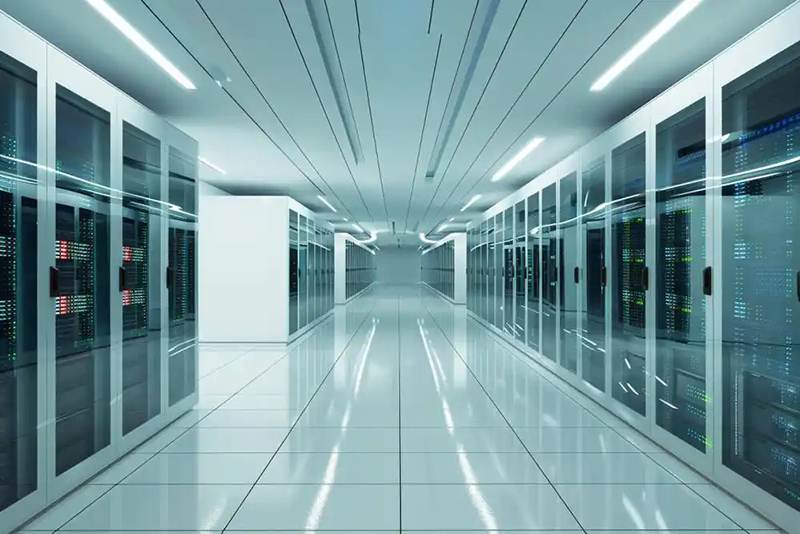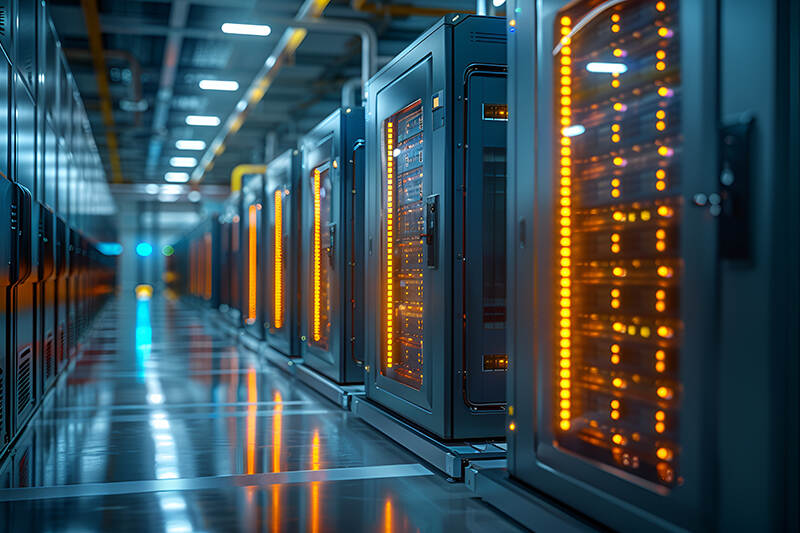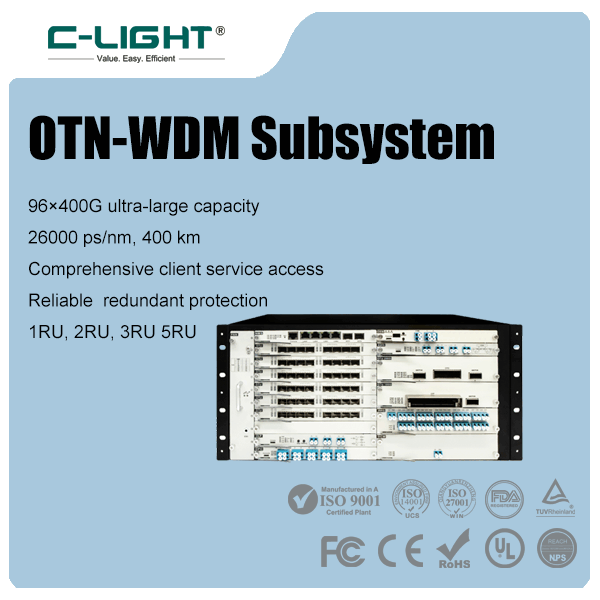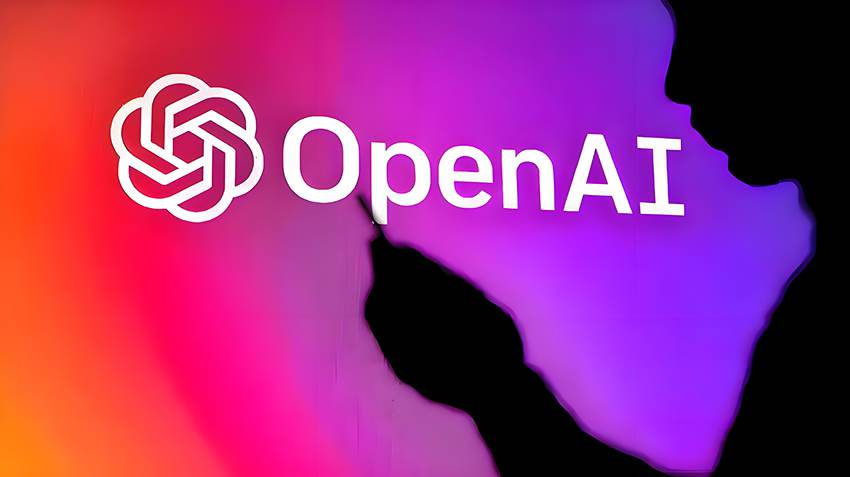
OpenAI has unveiled an ambitious plan that could shake up the global technology and energy industries. The company aims to build data centers with a total capacity of 250GW by 2033 to support its research and development needs for artificial general intelligence (AGI).
This scale is equivalent to the total power generation of 250 standard nuclear power plants, accounting for about one-fifth of the United States' current total installed power capacity. Notably, just a week ago, the company's plan was only 10GW, and its rapid expansion has drawn widespread attention from the industry.
Behind the "Expansion": Stargate Project Leads the Way, Computing Power Targets AGI
According to public information, OpenAI's 250GW data center plan is a core component of the "Stargate Project," which the company is advancing in collaboration with partners such as Oracle and SoftBank. The project has already commenced substantial construction in Abilene, Texas, covering 800 acres and involving 6,400 workers in infrastructure development, marking the first critical milestone in the plan's implementation.
OpenAI's CEO stated that breakthroughs in AI technology are increasingly reliant on large-scale computing resources, with power consumption becoming a core metric for measuring computing capability. He revealed that the company has already expanded its computing capacity ninefold this year and plans to achieve over 2GW of computing capacity by the end of 2025. This will gradually increase to 250GW over the next eight years, ultimately driving the realization of AGI through massive computing power.
Three Major Challenges: Energy, Funding, and Supply Chain as "Obstacles"
Despite the grand blueprint, OpenAI must overcome three major challenges—energy, funding, and supply chain—to achieve its 250GW goal.
In terms of energy supply, the 250GW power demand poses a severe test to the global energy system. Data shows that Microsoft's Azure cloud business consumed only about 5GW of electricity by the end of 2023, while traditional large data centers typically consume only 10-50MW. In contrast, the power consumption of a single OpenAI data center is already approaching city-level scales. To address this bottleneck, OpenAI plans to adopt a hybrid energy solution in Texas, combining natural gas, wind, and solar power. The company is even considering building its own power plants to reduce reliance on traditional grids. However, utility companies are generally cautious about assuming excess capacity risks for a single client, which could become a potential obstacle to the plan's progress.
Funding is another significant pressure point. Sam Altman revealed that OpenAI has already invested hundreds of billions of dollars in data center construction, with the total funding requirement for the entire plan potentially rising to trillions of dollars. If estimated at a construction cost of approximately $50 billion per 1GW nuclear power plant, the investment in power infrastructure alone to support the data centers could reach $12.5 trillion. Additionally, the company has prepaid hundreds of billions of dollars to achieve 8GW of computing capacity by 2028, and future fundraising will continue to test its financing capabilities.
In terms of supply chain security, achieving 250GW of computing power will require millions of high-performance GPUs, placing stringent demands on the production capacity of core suppliers such as TSMC and ASML. These companies need to initiate large-scale production expansions, but the complexities of upstream investment and technical collaboration in chip manufacturing make it difficult to meet demand quickly in the short term, potentially delaying the implementation of computing power.
Industry Debate: AI Breakthrough Engine or Risk of Resource Waste?
OpenAI's 250GW plan has sparked polarized discussions within the industry. Supporters argue that such a large-scale computing infrastructure could accelerate breakthroughs in AI technology, help address major scientific challenges such as climate change and disease research, and reshape the global energy and digital infrastructure landscape, driving related industrial upgrades.
However, skepticism remains. Some industry insiders point out that if future AI market demand falls short of expectations, the 250GW data centers could face significant risks of resource idleness, with massive investments potentially turning into "sunk costs." Additionally, whether such large-scale energy consumption aligns with global carbon neutrality trends has become another point of controversy.
Currently, OpenAI's Stargate project has entered the substantive construction phase. Its data center plan is not only changing the competitive landscape of the AI industry but also having ripple effects on global energy and capital markets. In the coming years, the progress of this plan and how its challenges are addressed will serve as a key window to observe the synergy between AI technology development and infrastructure construction.
 TEL:+86 158 1857 3751
TEL:+86 158 1857 3751 
















































